Post Pacific Crest Trail evaluations of my hiking gear. First up, backpack and storage.
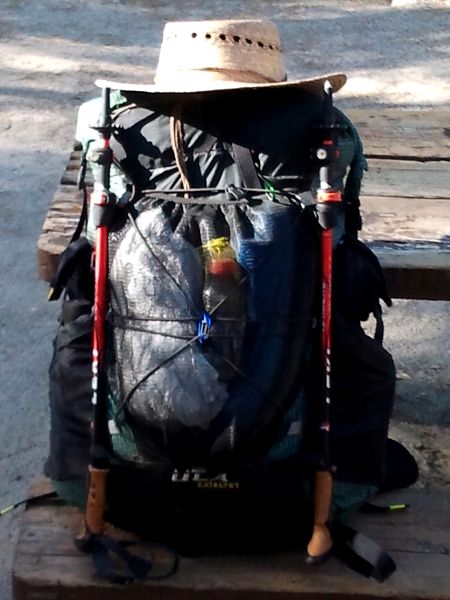
Backpack
The ULA Catalyst Backpack is an outstanding backpack. I took off the water bottle holsters and handloops on the shoulder straps to save some weight. I also shortened many of the straps for weight savings as well (shoulder, hip belt, chest) after I got everything adjusted. I rolled/folded the hanging part of the straps and taped them with duct tape. I would have sewn the ends to keep them from running out of the buckles, but I didn’t have access to a sewing machine on the trail. I left a little extra on each strap in order to loosen things up or change how the load was bearing on my body.
The pack was comfortable to carry even when fully loaded with gear, fuel, food, and water after a resupply. The most weight I carried in it was about 38 pounds. In addition, a bear-proof food can that is required in parts of the Sierra Mountains fits horizontally inside the pack.
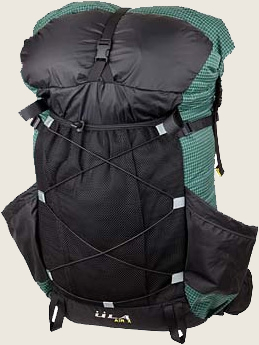
The only problems I experienced with the pack were due to the trail and not ULA. The pack suffered a little wear and tear compliments of cacti and other thorny vegetation. I used a little dental floss to repair the tear in the front mesh pocket and some Tenacious Tape to repair the slashes on a side pocket. I also got something like car battery acid (picked up on a hitch in the bed of a truck) on one of the hip belt pockets or it was Aquamira that leaked out of its containers, which I washed off as best I could and taped up with Tenacious Tape. Unfortunately, this continued to degrade the rest of my walk so I’ll need to replace the hip belt.
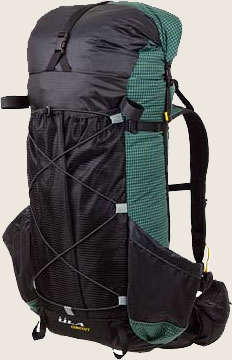
Storage
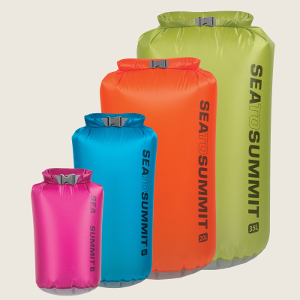
The simBlissity UnSlack Pack shoulder strap pocket is a handy piece of gear. I used the outer, mesh compartment to carry my maps for the day and compass and the inner, nylon pocket to keep my smartphone/camera handy. No wear or tear issues on my entire walk. Might consider a second one for the other shoulder strap for future hikes.
Trash compactor bags are a standard in lightweight backpacking gear as a pack liner instead of using a pack cover. These are much sturdier than regular trash bags. I carried one and had extras in my bounce box. I always kept my sleeping bag stuffed in its dry sack packed inside the trash compactor bag when hiking, often my down puffy jacket in it, and sometimes even my extra clothes in their dry sack in it. When everything else in the pack was wet from rain, gear in the trash compactor liner bag was dry. Of course, these will be with me on my next hike.

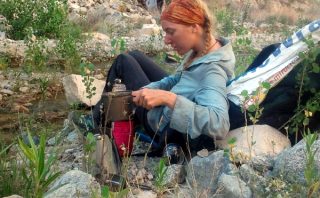
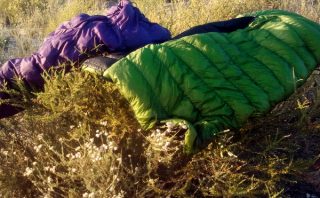
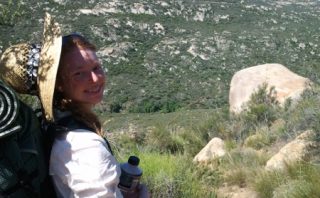


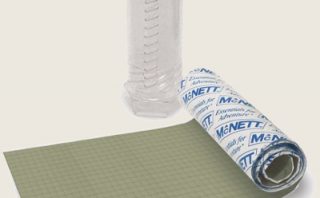
Thank you. Any other post hike equipment comments?
Definitely. I’m working down each section of my gear list. Next will be shelter and sleeping gear. At the same time, I’m transcribing my hand written trail journal and photos to posts. Thanks for the interest.